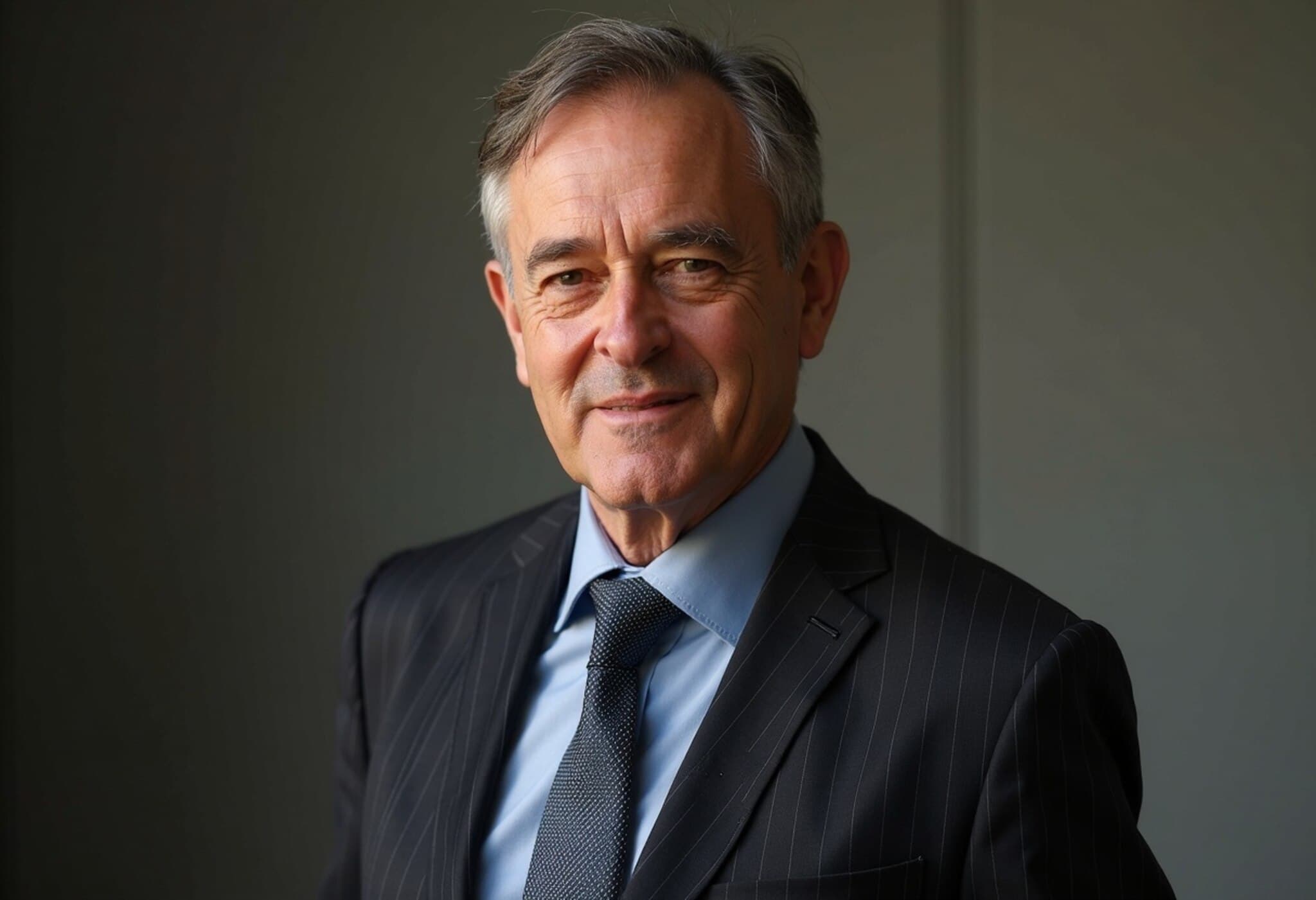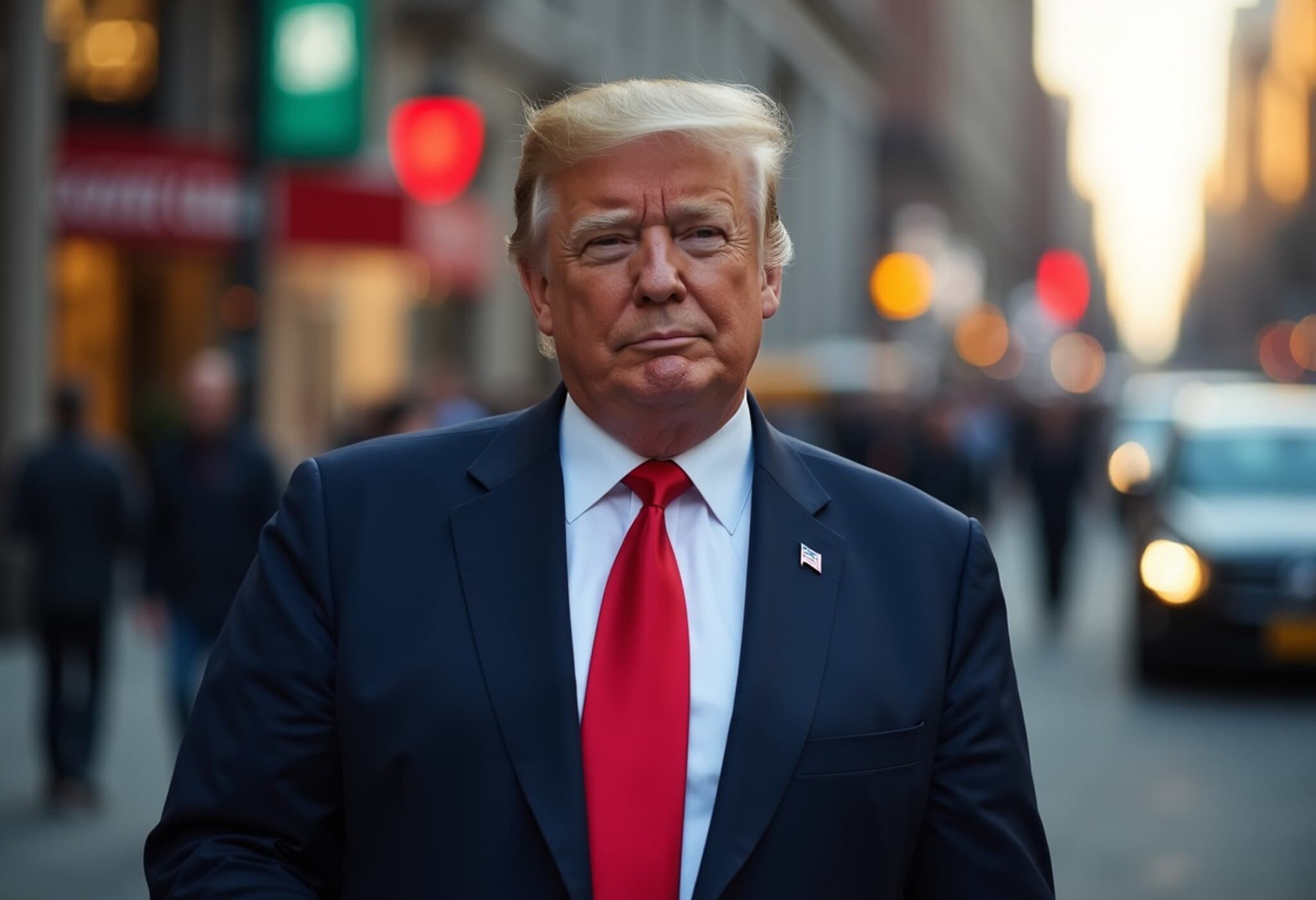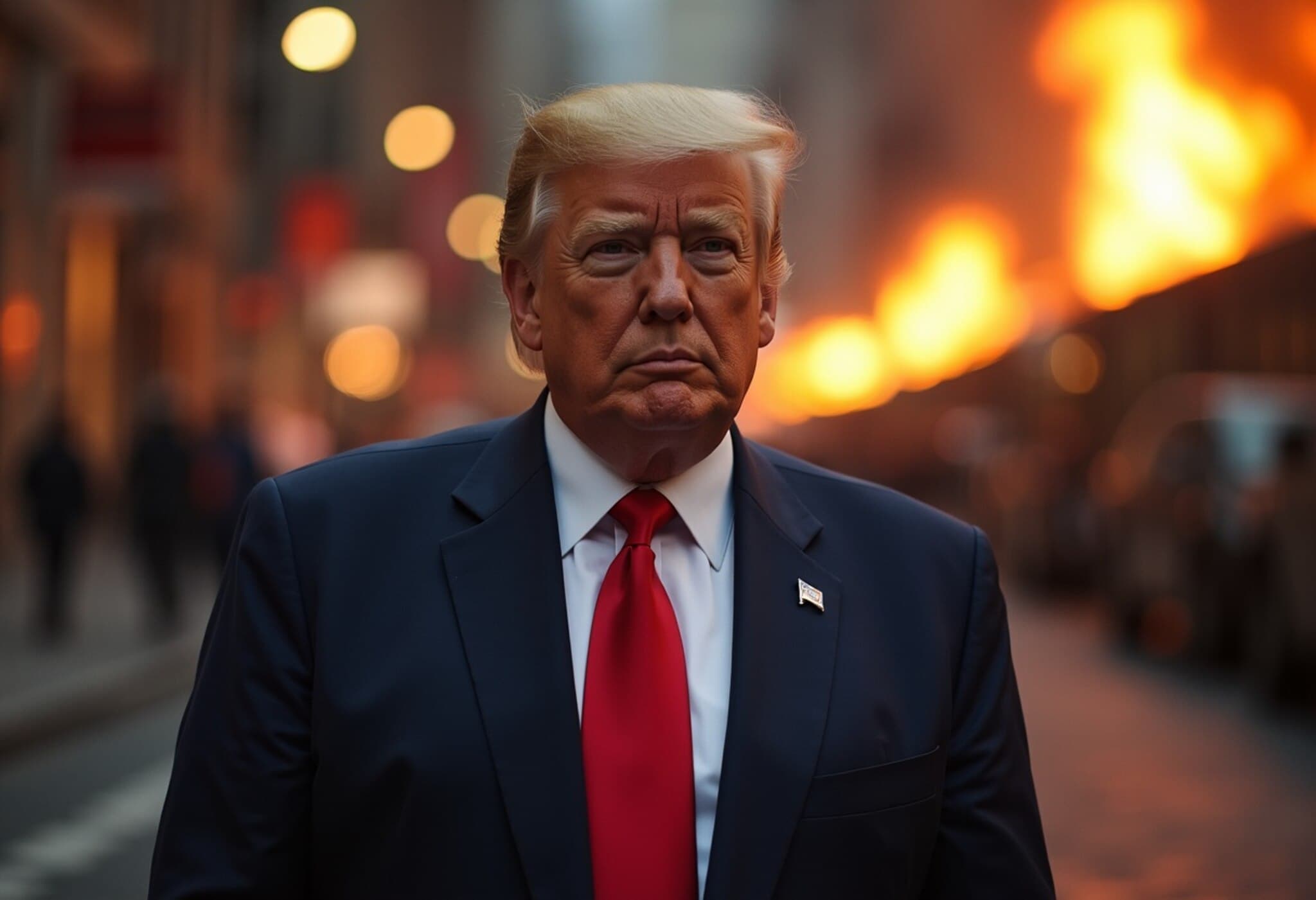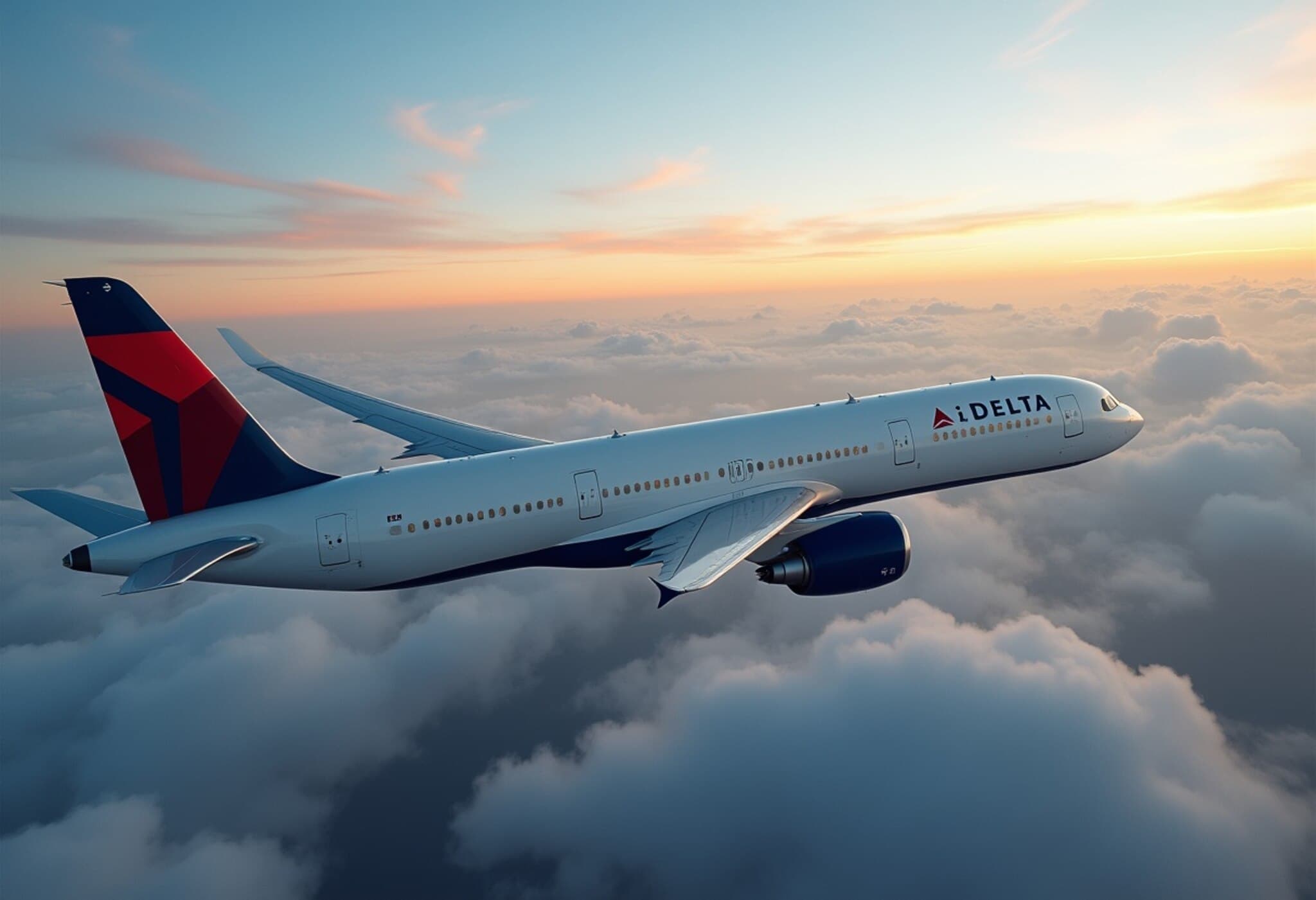Burberry's American Resurgence Signals Turnaround Amid Global Challenges
In an encouraging sign for the storied British luxury brand, Burberry reported a 4% year-on-year increase in sales across the Americas during its fiscal first quarter ending June 28, 2025. This rebound comes after a challenging year marked by declines in the U.S. and other key markets, positioning Burberry on a cautious path to recovery.
The company’s stock responded positively, surging over 8% in London trading by mid-morning, reflecting renewed investor confidence fueled by growing consumer appetite for Burberry’s distinctive British heritage style in the U.S.
A Diverse U.S. Consumer Base Drives the Uptick
Burberry CEO Joshua Schulman emphasized that the growth is driven by a wide spectrum of luxury buyers—from high-spending elites to frequent mall visitors—showcasing the brand's expanded appeal beyond traditional clientele. With the U.S. accounting for nearly one-fifth of Burberry’s global revenue, these sales gains are critical.
"This diverse luxury consumer base in America underscores the strength of our repositioning strategy," Schulman noted in a recent media call. "It's not just about exclusivity anymore but connecting with 'broad universal appeal' consumers worldwide."
Mixed Global Performance Balances Optimism
While Americas showed improvement, Burberry’s global revenue slid slightly by 1% to £433 million (approximately $582 million), yet this was better than the 3% decline analysts had predicted. Regional performances were varied:
- Europe, Middle East, India, and Africa (EMEIA) saw a 1% increase.
- Greater China experienced a 5% drop amid lingering pandemic-related challenges.
- Asia Pacific declined 4%, largely attributed to a slowdown in tourism.
Despite these headwinds, every region showed sequential improvement over previous quarters, signaling nascent momentum for the luxury giant.
Tariffs and Market Shifts Test Resilience
The luxury sector continues to face turbulence, notably with looming U.S. tariffs threatening to complicate Burberry’s strategy to captivate American consumers. CFO Kate Ferry acknowledged these tariffs as a "headwind" but highlighted strategic supply chain adjustments and a nuanced, pricing-sensitive approach to U.S. markets as mitigating factors.
"We took a surgical approach to pricing, finely tuning how we respond to price elasticity," Ferry explained during the earnings call, underscoring management’s proactive steps to safeguard profitability amid trade uncertainties.
Strategic Overhaul Under New Leadership Fuels Optimism
Burberry’s performance improvement aligns with CEO Schulman’s first full year steering the company following his transition from Michael Kors, bringing with him extensive expertise in luxury brand revitalization. Since his November appointment, Schulman has championed a refreshed brand narrative centered around Burberry’s British roots, iconic trench coats, and heritage check pattern.
The company also unveiled a cost-saving initiative expected to deliver £80 million in annualized savings by fiscal 2026, reinforcing operational discipline amid a competitive landscape.
What Analysts Are Saying
Industry experts are cautiously optimistic. UBS analysts hailed the results as evidence that Burberry’s reinvention is gaining traction, especially with the spring/summer collections embracing authentic Britishness and "more realistic pricing."
Luca Solca, global luxury goods head at Bernstein, stated, "Though organic growth is still negative, the direction is positive—indicating the new marketing vision is working. The forthcoming winter products, fully aligned with this strategy, are highly anticipated and could drive further investor confidence."
Looking Ahead: Navigating an Uncertain Luxury Landscape
Burberry’s journey illustrates the broader challenges luxury brands face amid shifting consumer behaviors, geopolitical trade tensions, and evolving global markets. The interplay between maintaining exclusivity while broadening appeal will be critical as they seek sustainable growth.
As the U.S. consumer base diversifies and global tourism recovers, Burberry's ability to innovate within its heritage framework may well determine its trajectory in the competitive luxury sector.
Editor’s Note
Burberry’s recent sales rebound in the Americas shines a light on the brand’s adaptability and the nuanced preferences of luxury consumers today. However, unresolved challenges remain—from trade tariffs to regional slowdowns—that could shape its medium-term outlook. This turnaround story invites us to consider: can heritage luxury brands balance authenticity with mass appeal without diluting their prestige? Investors and consumers alike will be watching closely as Burberry navigates this delicate tightrope.



















